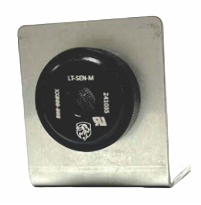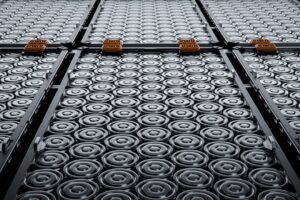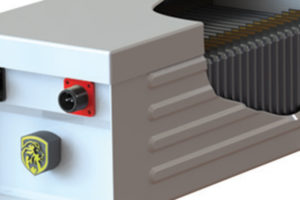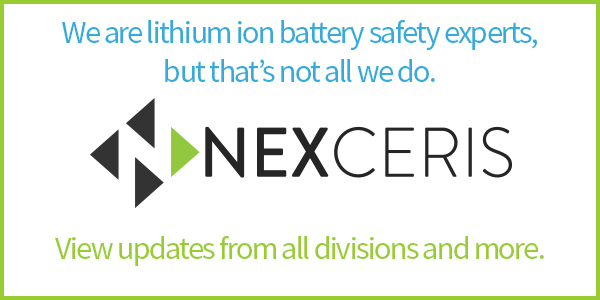 Li-ion Tamer has again made storing energy from lithium-ion batteries safer.
Li-ion Tamer has again made storing energy from lithium-ion batteries safer.
As the codes around lithium-ion battery energy storage continue to develop, particularly NFPA 855, a greater emphasis has been placed on the explosion risks posed by battery failure incidents. To address explosion hazards, NFPA 855 references NFPA 68 for passive deflagration protection and NFPA 69 for explosion prevention systems, typically by active ventilation.
Given the limitations around deflagration panel effectiveness due to rapid gas generation rates from these batteries, many BESS designers utilize flammable gas detectors to activate emergency ventilation. NFPA 69 compliant systems commonly use flammable gas detectors to activate ventilation at or below 10 percent of the LFL. While numerous flammable gases are produced during battery failure, hydrogen has been a primary target gas due to its prevalence in many thermal runaway gas compositions.
Unfortunately, this emphasis on flammable gas detection for species like hydrogen leads many designers to omit early intervention electrolyte vapor detection as it is not yet required by code. To solve this problem, we have developed a first-in-class dual-purpose gas detector that provides UL 2075-compliant hydrogen detection and the advanced early-warning electrolyte vapor detection for which Li-ion Tamer is known.
Our UL 2075 recognized detector (LT-SEN-M), paired with our specialized UL 864 listed interface module (LT-SEN-IM), provides reliable detection of hydrogen at or below 10 percent of LFL to comply with explosion control requirements in NFPA 855. Furthermore, it comes equipped with our industry-leading battery electrolyte solvent vapor detection capability for initial cell venting detection minutes before thermal runaway.






